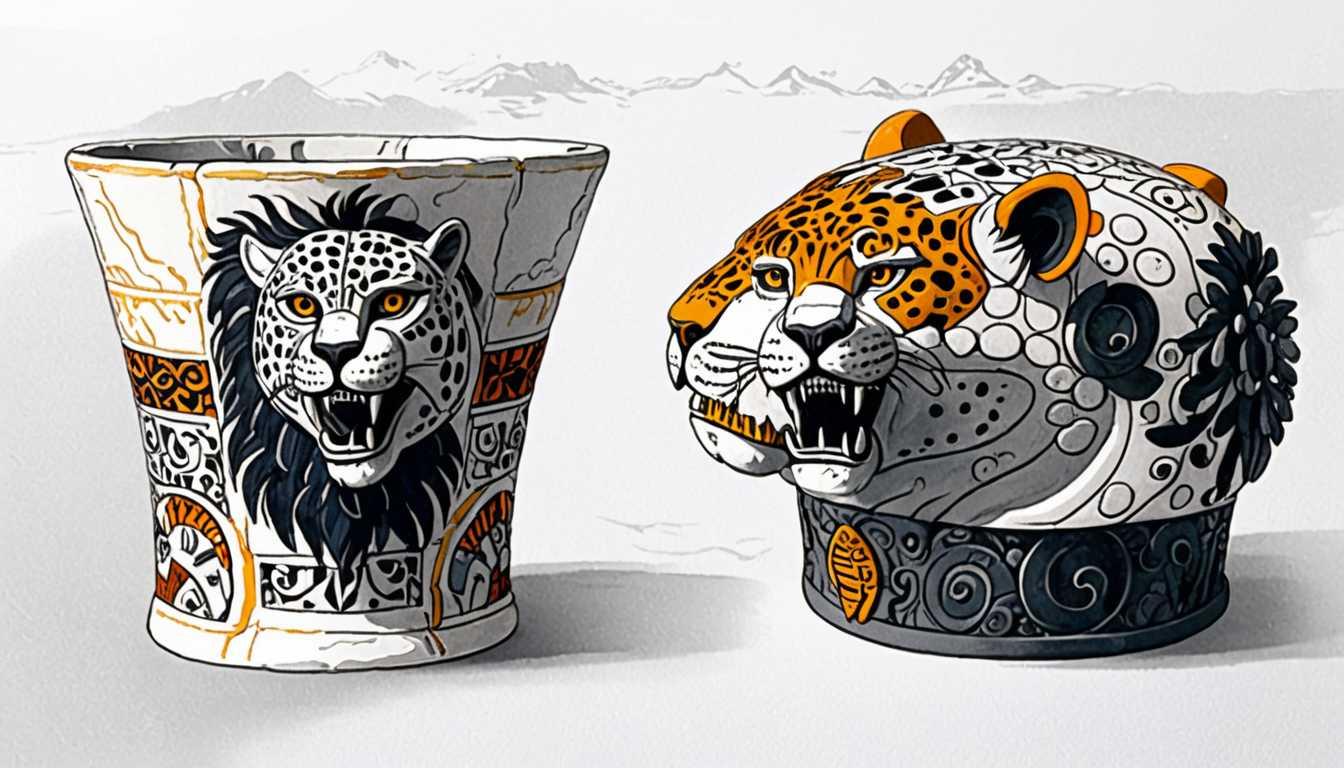Digging History with High-Tech Tools
April 2024
Princeton University
Introduction
Dive into the dusty realms of ancient Antioch with Princeton's modern archaeologists! Using cool gadgets like drones and laser rangefinders, they're uncovering history without the guesswork. It's a thrilling blend of old-school digging and high-tech tools that bring the past to life, right from the cradle of civilization. Check out how they do it and maybe get inspired for your own backyard archaeology project!
READ FULL ARTICLEWhy It Matters
Discover how this topic shapes your world and future
Unearthing History with High-Tech Tools
Imagine being able to peek into the past, not through a time machine, but through the lens of cutting-edge technology. This is exactly what archaeologists at Princeton are doing. Using digital tools like drone imaging, laser rangefinders, and magnetometry, they are revolutionizing how we uncover ancient civilizations. These technologies not only save time and reduce unnecessary excavation but also enhance the accuracy and depth of archaeological research. This matters because it helps us understand human history better and preserves it for future generations. For you, this could mean engaging with history in a way that feels more like detective work than dusty old textbooks, making the past come alive with every piece of data analyzed.
Speak like a Scholar
Drone Imaging
Using drones equipped with cameras to capture aerial photos or videos of archaeological sites, helping identify potential dig locations.
Laser Rangefinders
Devices that measure the distance from the device to a target object, crucial for mapping site dimensions accurately.
Magnetometry
A method that detects magnetic anomalies in the soil, indicating the presence of archaeological features without digging.
Electrical Resistivity
A technique that measures the resistance of soil to electrical currents to reveal underground structures.
LiDAR (Light Detection and Ranging)
A remote sensing method that uses laser light to densely sample the surface of the earth, producing highly accurate measurements.
Orthomosaic
A detailed, large-scale map created from overlapping aerial photographs, corrected to be as accurate as a scaled map.
Independent Research Ideas
Virtual Reality and Ancient Worlds
Explore how VR can be used to recreate and study ancient civilizations, enhancing both education and preservation.
The Role of Non-invasive Technology in Archaeology
Investigate how technologies like X-ray and CT scanning are revolutionizing the way we understand the internal structure of ancient artifacts without damaging them.
Environmental Impact on Archaeological Sites
Study how natural elements affect archaeological sites over time and how technology can help in preserving these sites.
Interdisciplinary Approaches to Archaeology
Analyze how different fields like botany (archaeobotany) and zoology (zooarchaeology) contribute to our understanding of past human life and environment.
Ethics of Technological Intervention in Archaeology
Consider the ethical implications and responsibilities of using advanced technology in archaeological excavations.
Related Articles

Inca's White: Ahead of Science's Curve
May 2021
Smithsonian Magazine

Stitching Through Time: Prehistoric Fashion
April 2023
Smithsonian Magazine

Bronze Age Village: Fire-Frozen Secrets
March 2024
Smithsonian Magazine

Blueprints of the Stone Age
May 2023
Smithsonian Magazine

Uncovering America's Sunken Past
March 2023
Smithsonian Magazine